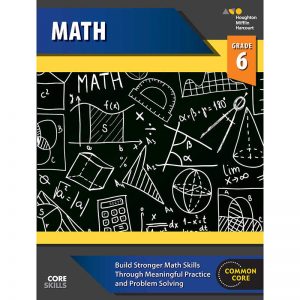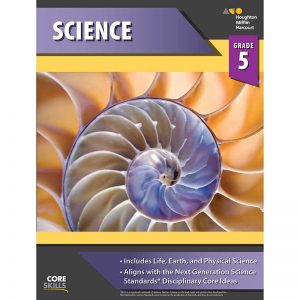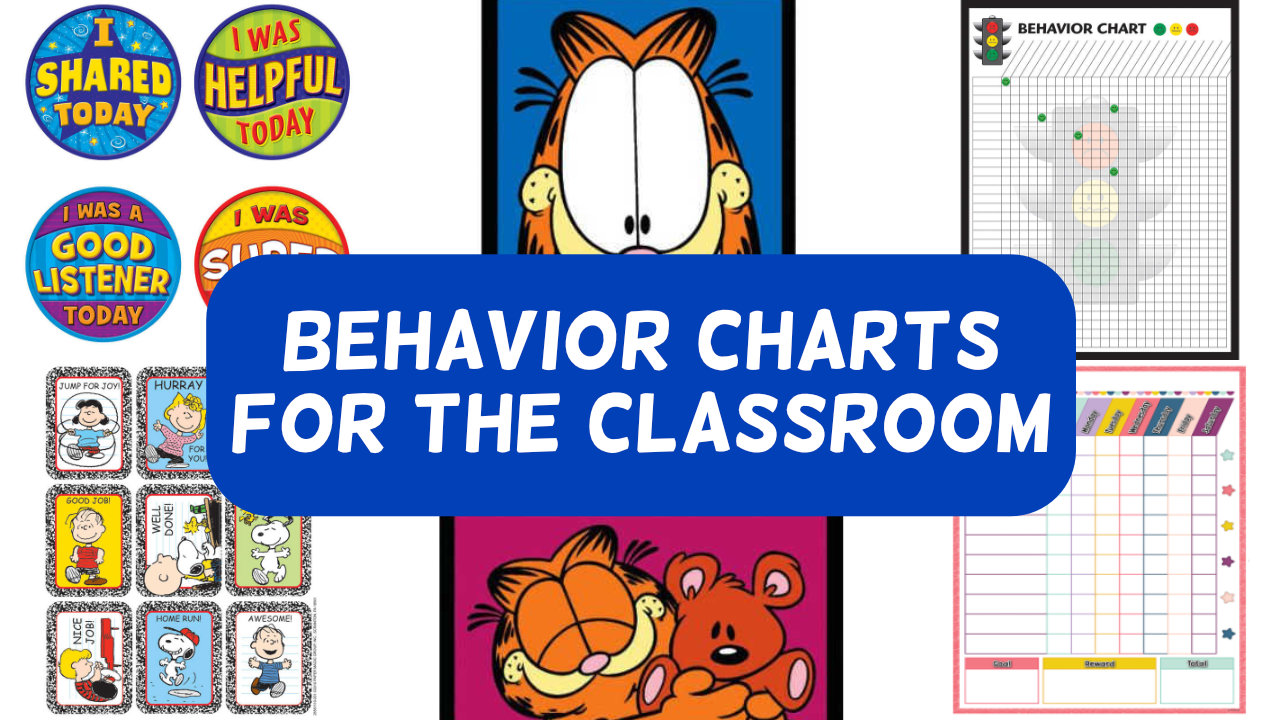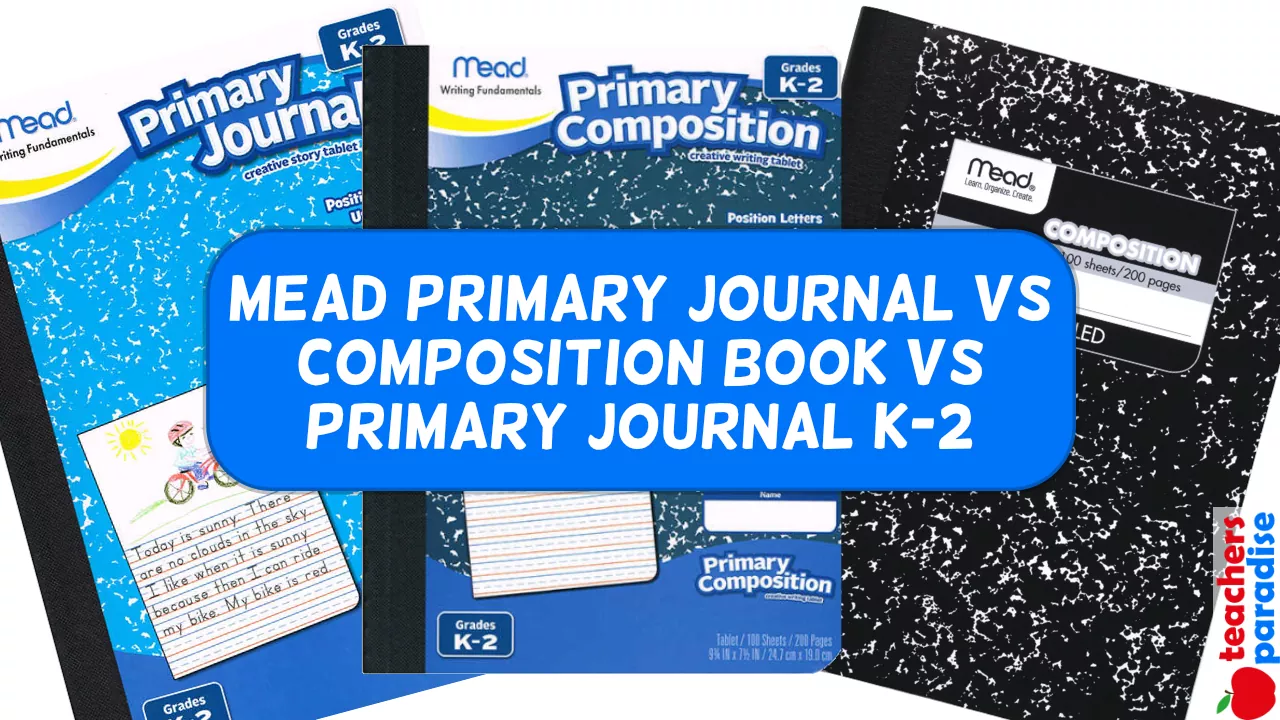Landforms Emergent Reader Activity
BEFORE READING
Have students review the Contents page and read the introduction on the Pagesaver. Ask them to share any information they have about the different landforms.
READING
Help students set a purpose for reading by asking them to identify the landform they think is the most interesting. Use questions such as these to guide the reading:
• What are the two different ways landforms are created? (Ch. 1)
• Explain what is meant by “the tree line.” How do people who live above the tree line survive? (Ch. 2)
• What is a dune? How do desert people survive their travels across the dunes? (Ch. 4)
• What are the stages of cave formation? Why do people and animals seek out caves? (Ch. 6)
WORKSHEET & Sample PDF Activity
Sample PDF Activity
AFTER READING
Have students tell which landform they find the most interesting and explain why they chose it. You may wish to distribute copies of the Comprehension Master on p. 46.
Vocabulary Activity: Draw the Meaning
Materials: glossary words, colored pencils or markers
Have students select 6–8 words from the glossary that they can depict in a scene. Ask them to draw a picture that shows they understand the meanings of the words. Have them include the words as labels in their pictures.
Writing Activity: Landform Poem
Materials: Landforms
Review different types of poems with students. Then ask students to select the landform that they find most intriguing, reread the corresponding chapter, and write a poem about it. Encourage them to use a word web to brainstorm ideas. Remind them that using words that appeal to the senses helps produce a good poem.
ESL Activity: Landform Terms
Materials: Landforms
Some terms in the book may be difficult for students to understand and remember. To help students recognize and differentiate the different landforms, have them draw a sketch of each landform on paper. Then have them write key words and phrases about each landform.
PHONICS/WORD STUDY
Identifying Word Roots
Explain to students that unfamiliar words may be made up of word parts including word roots, prefixes, and suffixes. Discuss how knowing what the parts mean helps readers figure out unfamiliar words. Write the word spectacular on the board. Explain that the word root spect means “to look.” Discuss with students the relationship between the meaning of spect and the meaning of spectacular. Have students find other word roots, such as mono and port, in the book.
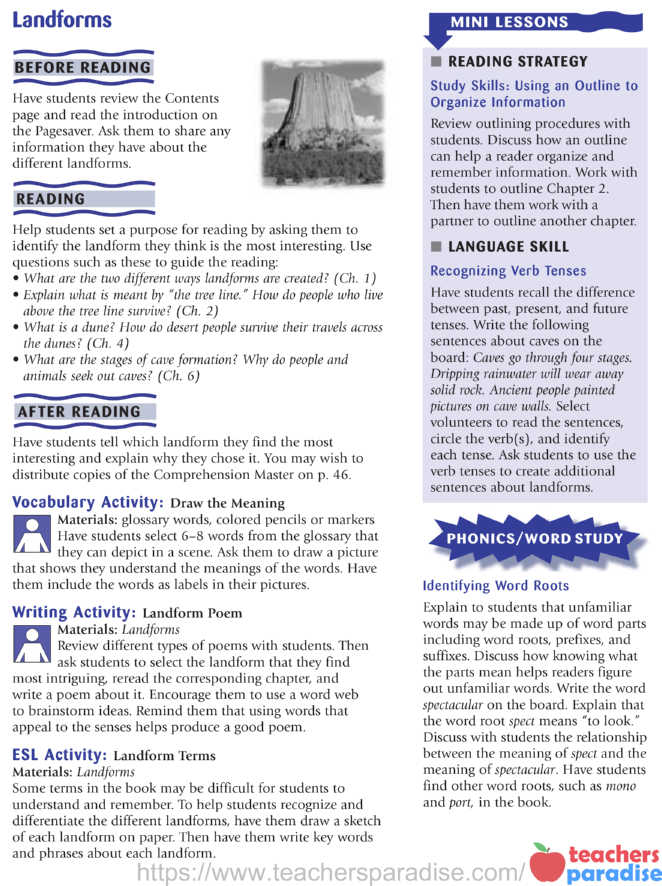
MINI LESSONS
• READING STRATEGY
Study Skills: Using an Outline to Organize Information
Review outlining procedures with students. Discuss how an outline can help a reader organize and remember information. Work with students to outline Chapter 2. Then have them work with a partner to outline another chapter.
• LANGUAGE SKILL
Recognizing Verb Tenses
Have students recall the difference between past, present, and future tenses. Write the following sentences about caves on the board: Caves go through four stages. Dripping rainwater will wear away solid rock. Ancient people painted pictures on cave walls. Select volunteers to read the sentences, circle the verb(s), and identify each tense. Ask students to use the verb tenses to create additional sentences about landforms.

